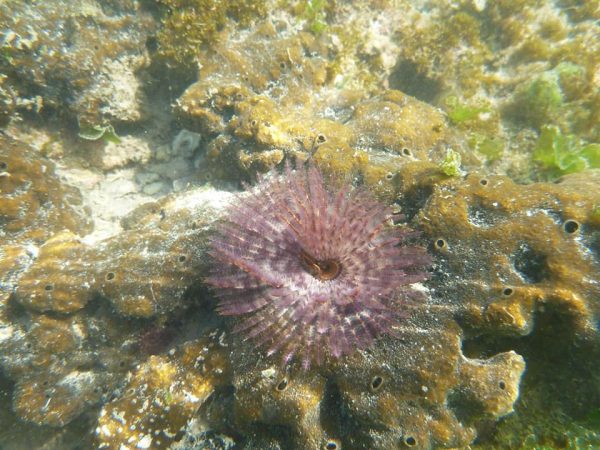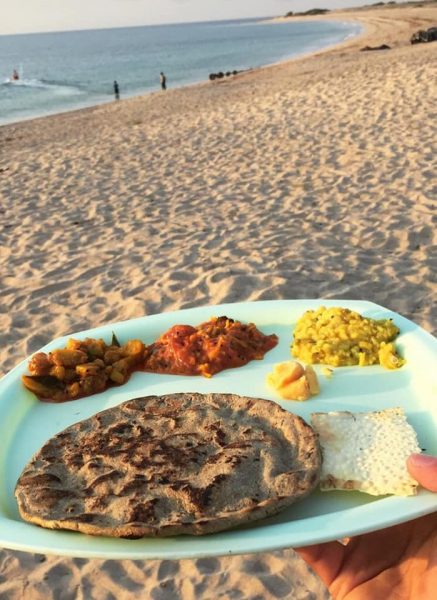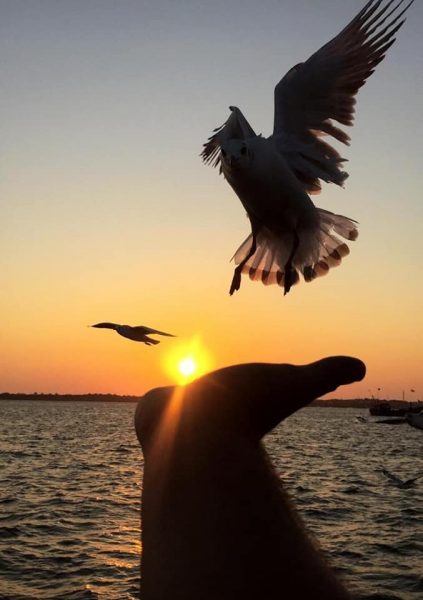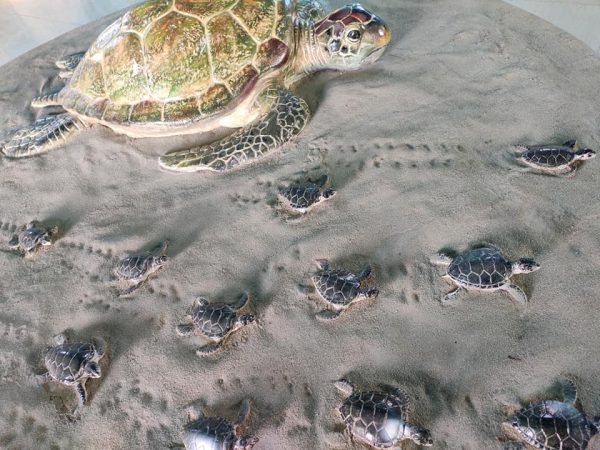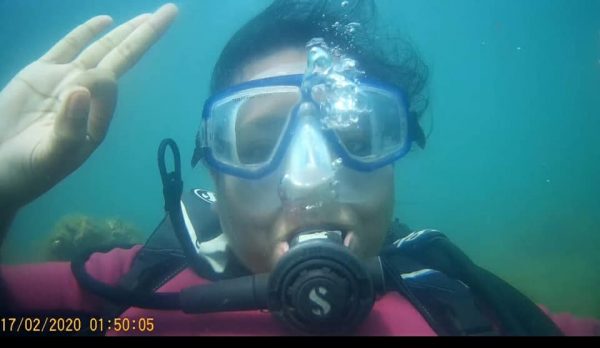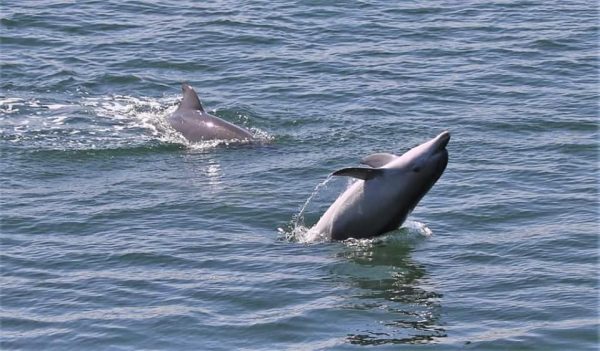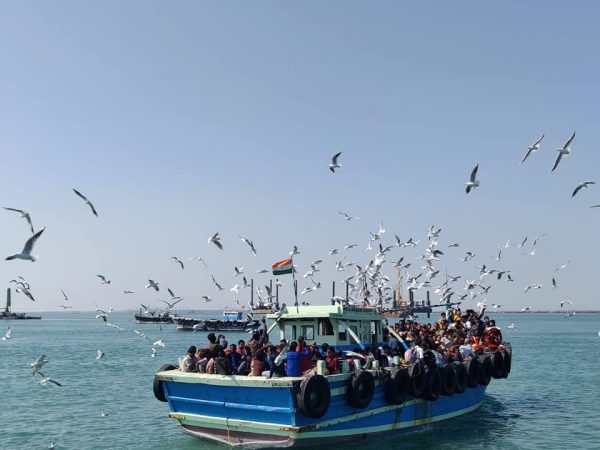February 22, 2020 - Past Events
FEA FOOD TRAIL 2020 – DWARKA AND THE OKHAMANDAL COAST
| Event Type | Public |
|---|---|
| Event Pass | Paid |
| Event Date | February 15, 2020 To February 18, 2020 |
| Contact Person Name | Anil Mulchandani |
| Contact Person Email | info@feamag.com |
| Contact Person Phone | +91 90999 25789 |
The Devboomi Dwarika Foundation is working for the promotion of Dwarka as a destination for religious tourism, events tourism, water sports tourism, nature tourism, culture and crafts tourism, and heritage tourism. A tour was organised for bloggers and a few food enthusiasts to Dwarka which covered two circuits – Divya Dwarka which includes the holy side of Dwarka and Unseen Dwarka that includes virgin beaches along the Okhamandal coast.
Day-1: JAMNAGAR
We started in the evening for Hotel President in the heart of Jamnagar city.
Day-2: JAMNAGAR
We awakened early for a sumptuous breakfast at Seven Seas Restaurant, Hotel President. Mustak Mepani, the owner, welcomed us in the restaurant. The breakfast covered a variety from Kathiawadi favourites like ganthiya and jalebi to chicken cutlets and vegetable sandwiches.
After breakfast, we started out for Narara Bet. This is one of 42 islands that lie offshore from the southern coast of the Gulf of Kutch. Unlike other islands that can only be approached by boat, Narara can be reached by a bridge near the Vadinar Port making it the most accessible area in India’s first Marine National Park and Wildlife Sanctuary (a 462km area declared protected in 1980. On the way we were fortunate to see some interesting birds like the Indian skimmer, oyster-catcher, lesser flamingo (Gujarat’s state bird), white pelican, etc. Last year a flock of the rare medium-large waders, Asian dowitchers, were seen at a site on the way – it attracted so many birdwatchers that a tea stall here has called itself Dowitcher!
Presently, we reached the Narara island and walked between tracts of mangrove forest to the intertidal zone – the area of the marine shoreline that is exposed to air at low tide, and covered with seawater when the tide is high. Plants and animals form distinct communities between the high and low tide lines. Some thrive in the intertidal zone while others that normally live in the deeper sea take refuge in tide pools that form in holes, cracks or crevices where seawater collects as the tide goes out. We saw brittle star, sea cucumber, puffer fish, different species of crab, and other marine life with our guide Kunal talking about the behaviour of each species. Many visitors get to see octopus too but we did not have enough time to explore further and get to the Narara reef.
We left from here for Dwarka where we were warmly welcomed at the smart looking Hotel Roma Kristo. In this hotel, an excellent Kathiawadi meal had been arranged at Romana Cucino – though this is a multi-cuisine restaurant the hotel manager had decided to serve us typically Kathiawadi food. We enjoyed dishes like the garlicky and well-spiced Lasaniya Batata.
After lunch, we went to Okhamadhi beach to witness the glorious sunset. We saw the sea turtle hatchery here and then walked out to sands to gaze out at the setting sun on the western horizon.
Back at Dwarka, high tea awaited us at Cygnett Inn with a huge spread of hot freshly cooked items.
At night we visited Dwarkadhish Lords Eco Inn, one of the first star-rated hotels to open in Dwarka. We went up the elevator to the top floor and enjoyed a view over the Dwarkadish temple and the beach to the Arabian Sea. The Blue Coriander Restaurant here serves multiple cuisines – we loved the Dal Makhni which was creamy and flavourful with generous amount of butter.
As Dwarka was full of tourists on the weekend, we were divided into two hotels with five rooms at Fern Sattva which is a gorgeous resort-like hotel and Dwarika which has delightful marble floors and polished rooms.
